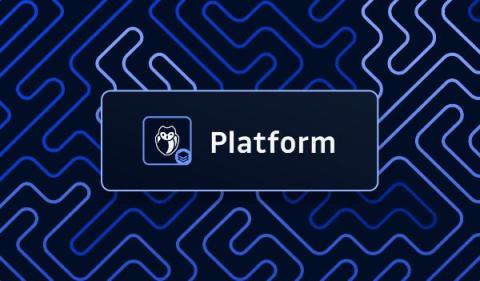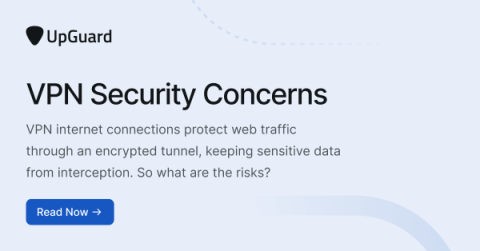Understanding and Responding to Ransomware
As cybercrime evolves, one avenue for attack has risen to prominence across the world: Ransomware. According to Arctic Wolf’s State of Cybersecurity 2023 Trends Report, 48% of organizations view ransomware as the top attack vector concern. A concern comes with just cause, as the Arctic Wolf Labs 2024 Threats Report showed 48.6% of incidents investigated by Arctic Wolf were ransomware attacks.











